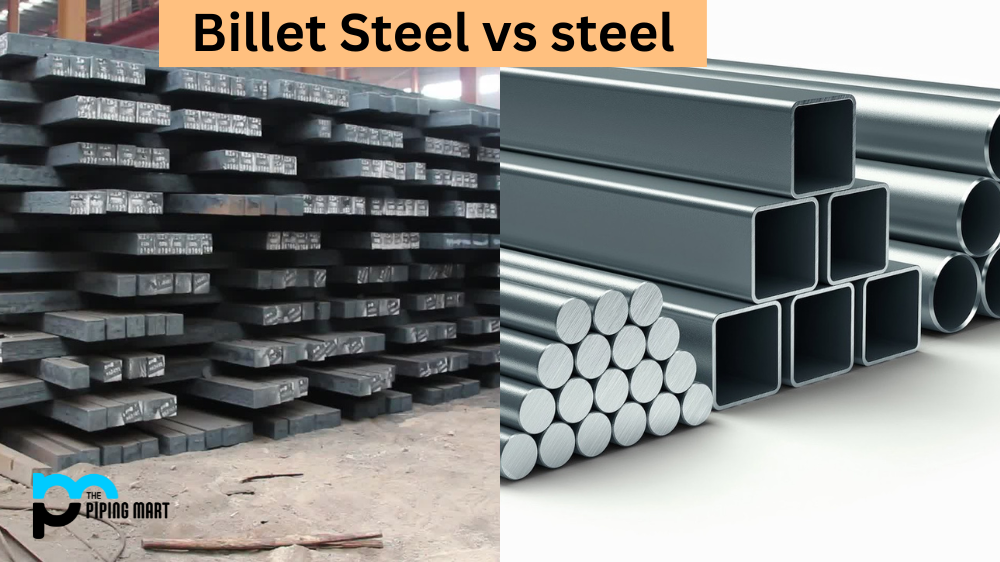One of the most important aspects of selecting a knife or sword is the type of steel used in its construction. Two popular options used in blade production are 5160 carbon steel and 1095. These steels have unique properties and are appropriate for different uses. Whether you’re a hobbyist or a professional, this comprehensive comparison will help you decide which steel you should choose for your blade.
Difference Between 5160 Carbon Steel and 1095
Composition and Properties
One of the significant differences between 5160 carbon steel and 1095 is their composition. 5160 is a low-chromium steel with higher silicon, manganese, and carbon levels. These elements provide 5160 with excellent toughness, flexibility, and resistance to abrasion. In contrast, 1095 is a high-carbon steel that has fewer alloying elements. It contains only iron and carbon, giving it hardness and edge retention. 1095 has a higher Rockwell hardness rating, which means it can hold a sharper edge than 5160. However, 1095 is more susceptible to breaking under heavy use or impact due to its lower toughness.
Blade Performance
5160 carbon steel and 1095 are regarded as high-performance steels and are widely used to produce knives, swords, and machetes. Regarding durability, 5160 is the clear winner and is often used in applications that require a rugged and reliable blade, such as bushcraft and survival knives. On the other hand, 1095 is a better choice for combat or tactical knives as it retains a sharp edge for a more extended period. Overall, its intended use is the primary factor when selecting blade steel.
Maintenance and Corrosion Resistance
Another crucial consideration when selecting a steel blade is its resistance to rust and corrosion. Both 5160 and 1095 are relatively low-maintenance steel types and easy to sharpen. However, 5160 offers better corrosion resistance, making it an ideal choice for outdoor and marine environments. On the other hand, 1095 is highly prone to rust and requires more consistent maintenance than 5160.
Price
Price is also an essential factor to consider when selecting a steel blade. 5160 is considered budget steel and is a more affordable option than 1095. 5160 is more readily available and easier to forge, making it accessible to blade manufacturers. 1095 is a premium steel that is harder to produce and requires more work, increasing the final product’s price.
Final Thoughts
Choosing the right blade steel can sometimes be a challenging decision. While both 5160 and 1095 can be great choices, it’s important to consider each steel’s application, maintenance, and cost. If you need a rugged and durable blade that requires less maintenance, 5160 is an excellent option. However, if you need a blade with a long-lasting sharp edge suited for combat or tactical use, 1095 is your best bet. Ultimately, with this comparison, you can make an informed decision based on your needs and preferences.
Conclusion
In conclusion, 5160 carbon steel and 1095 are high-performance steel options used in blade production. While these steels share many similarities, they exhibit distinct properties, making them better suited for different applications. Whether you plan to use your blade for camping, hunting, or tactical purposes, understanding the differences between 5160 and 1095 will help you make an informed decision. Take the time to consider your needs and preferences before selecting a blade, and enjoy the satisfaction that comes with using a well-made and appropriate blade that suits your needs.

Abhishek is a seasoned blogger and industry expert, sharing his insights and knowledge on various topics. With his research, Abhishek offers valuable insights and tips for professionals and enthusiasts. Follow him for expert advice on the latest trends and developments in the metal industry.




